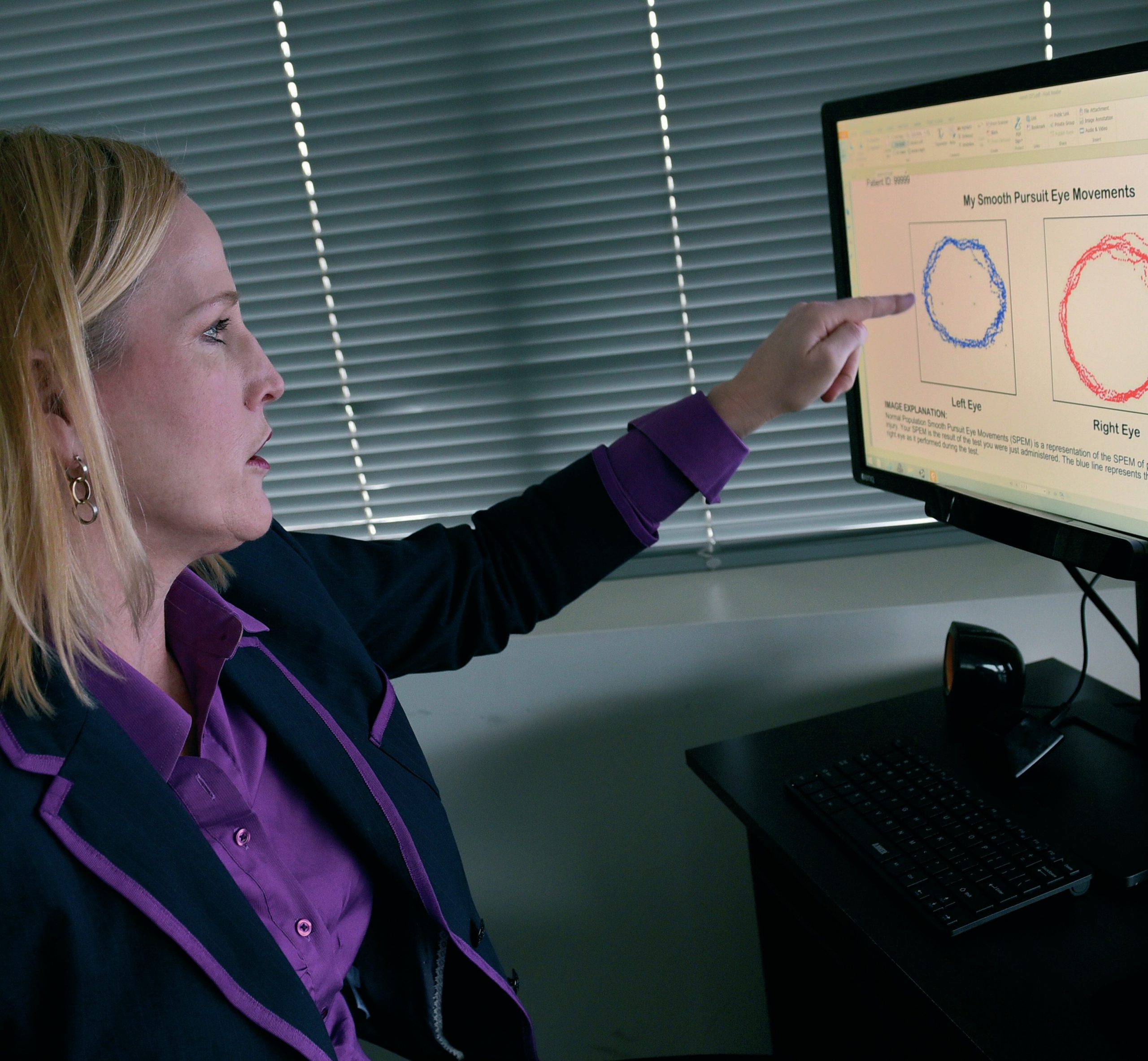
Eye tracking involves the recording of eye movements, either by the projection of infra-red or near infra-red light on the pupil, or by electrodes placed around the eyes. Once calibrated with a stimulus display, eye tracking can be used to measure how an individual scans a visual scene. Measures such as gaze path, fixation duration, frequency of fixation and speed of eye movements can reveal much more than solely using self-report or behavioural measures such as accuracy and reaction times.
My university has recently purchased a number of eye-tracking glasses (SensoMotoric Instruments), which allow for the collection of eye-tracking data outside the laboratory. The glasses record high definition video and provide an online superimposed fixation spot which is streamed to a smartphone or laptop. The addition of such technology revolutionises eye tracking in real-world scenarios and is able to capture behaviours uninfluenced by the laboratory.
Your organisation does not have access to this article.
Sign up today to give your students the edge they need to achieve their best grades with subject expertise
Subscribe




